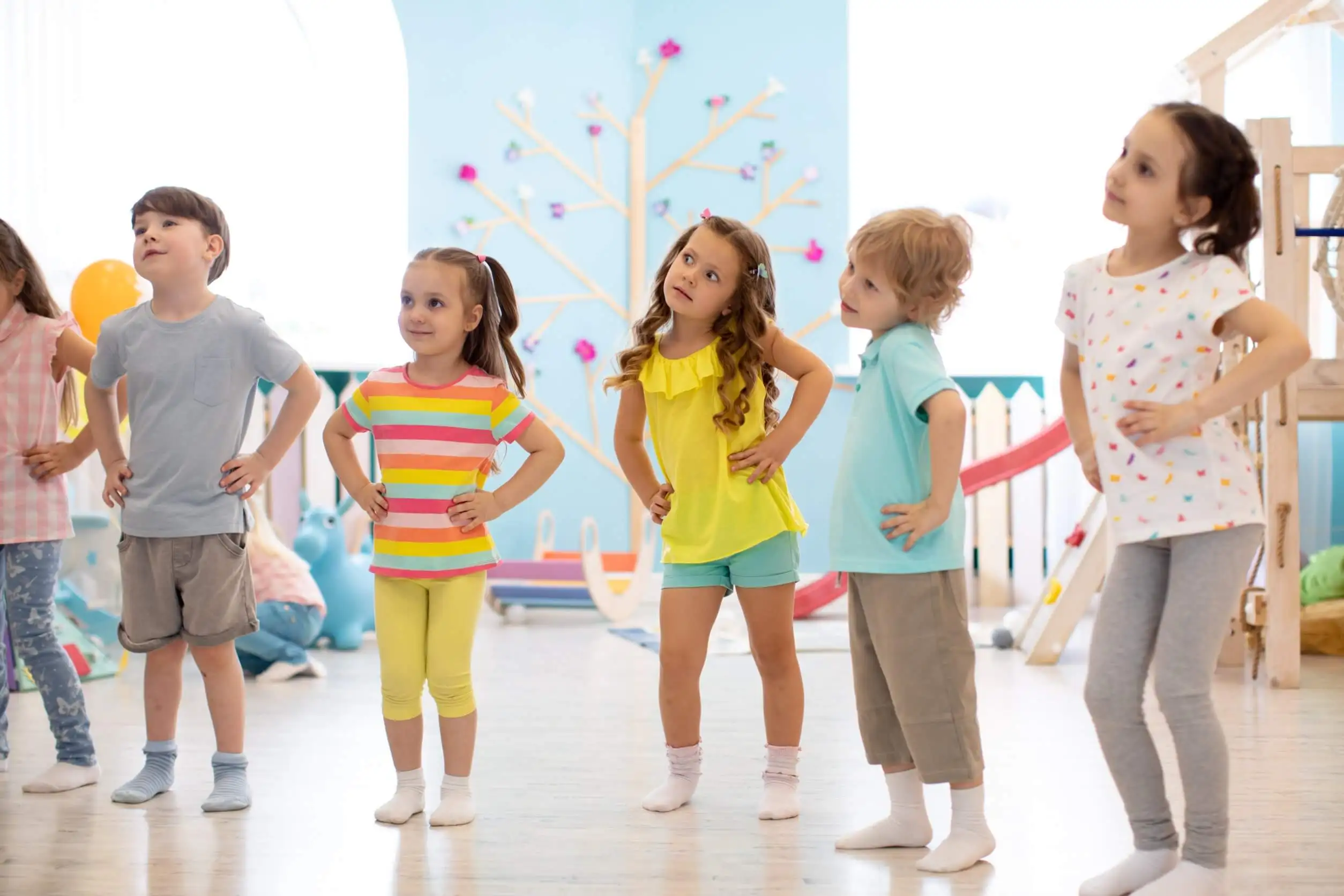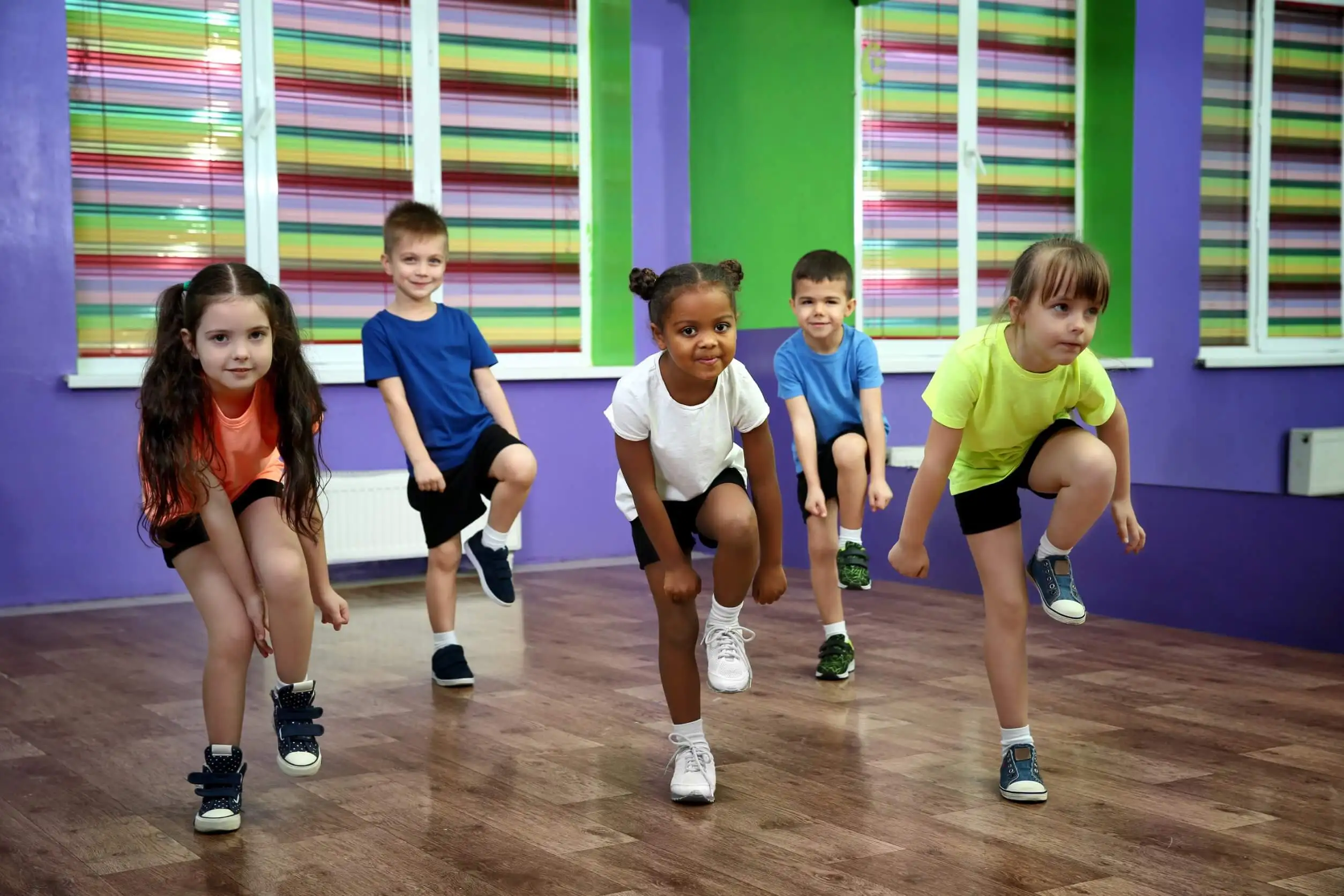Dance Therapy for Children with Autism: Benefits and Tips

Most children love to dance. It isn’t only a sporting activity, but also a playful and artistic one. They have fun, feel better, improve their health, and interact with other people. All these benefits can be especially relevant in the case of children with special needs. That’s why we’d like to tell you about dance therapy for children with autism.
Autism spectrum disorder (ASD) remains an unknown in many ways. Not only is its origin not fully understood, but there isn’t a cure nor treatment.
In these cases, it’s important to opt for a holistic approach that allows children to develop their full potential in different areas. In this regard, dance therapy has been shown to be very effective in intervening in the core deficits of autism.
Dance therapy for children with autism

Dance therapy is a psychotherapeutic method that emerged in the 1940s. It aims to use movement to integrate the individual physically and emotionally. It’s a creative and expressive tool that uses dance, and sometimes music, to increase well-being and enhance the development of the person at different levels.
Its benefits are multiple and it has been used to help treat clinical and educational difficulties. Down syndrome, ADHD, and other conditions of functional diversity can be approached from this perspective to achieve significant progress. But, in this article, we’re going to talk about its benefits for autism spectrum disorder.
Continue reading: 24 Common Injuries in Dancers
What are its benefits?
Autism, or ASD, is a neurodevelopmental disorder that mainly causes difficulties at a socioemotional and behavioral level. These people have persistent deficits in communication and social interaction, restrictive and repetitive patterns of behavior, and significant cognitive inflexibility.
It’s precisely in these areas where dance therapy can be an excellent tool for improvement. Below, we’ll list its main benefits.
Improves coordination and psychomotor skills
Dance improves body awareness and precision of movements. It favors hand and foot coordination and stimulates fine motor skills.
Stimulates and encourages communication and social interaction

Children with autism have difficulty expressing themselves and communicating with others. They also have difficulty reading body signals and, in many cases, their use of language is limited. Therefore, it’s essential for them to have an alternative mode of expression, communication, and social connection.
Dance offers this opportunity by allowing them to express feelings, emotions and ideas, and to get closer to other people. The shared movements and interaction during dance act symbolically as a conversation and allow for increased mutual connection and trust.
Find out more: 10 Activities to Work with Children’s Emotions
Reduces repetitive behavior
Repetitive behavior and stereotyped movements are characteristic of ASD. However, listening to and following the rhythm of the music and engaging with a sequence of dance movements reduces these.
Teaches perception
Dance therapy for children with autism also helps them to relate better to the environment and pick up stimuli from the surrounding environment. Auditory, visual, tactile, and kinesthetic perception is stimulated thanks to dance.
Decreases aggressiveness and anxiety
In addition, this therapeutic alternative is very useful in improving the mood of children and reducing negative emotions such as anxiety and aggressiveness. Experts have shown that music (thanks to its rhythmicity) and dance (because of the opportunity for improvisation and expression it offers) reduce stress and anxiety levels, and increase mood and self-esteem.
Regular practice of this discipline helps to reduce restlessness and aggression, thus reducing tantrums or crises that these children often suffer. It also has a positive influence on the lack of attention.
Dance therapy for children with autism helps them to connect
In short, dance therapy is beneficial to intervene in certain symptoms of autism and to improve the development of certain areas. But, above all, it constitutes an extremely necessary resource for expression and connection in these cases.
Dance helps these children to generate a greater awareness of their own body and of the other, and allows them to express their inner self and their feelings comfortably and naturally, at their own pace. This is especially relevant for people in the child’s life who need to understand and connect with the child from a different level, mainly parents and therapists.
Through the body and dance the child provides information that we can learn to read, interpret, and understand. In this way, we can accompany them, empathize, tune in, and strengthen bonds. When verbal communication is hardly available, this resource is invaluable.
In short, this type of therapy allows a child to increase their autonomy, improve their quality of life and promote the development of their potential. It is, therefore, of great interest within the framework of a holistic and multidisciplinary intervention.
All cited sources were thoroughly reviewed by our team to ensure their quality, reliability, currency, and validity. The bibliography of this article was considered reliable and of academic or scientific accuracy.
- Izarra, C. J. (2017). Musicoterapia para el tratamiento de la ansiedad, depresión y somatizaciones Estudio de un caso. Revista de investigación en musicoterapia, 1(1), 85-105.
- Pintado Fernández, K. L. (2019). Aportes de la Danza Movimiento Terapia en el abordaje de niños con TEA. [Trabajo Final de Grado], Universidad de la República. Uruguay. https://www.colibri.udelar.edu.uy/jspui/handle/20.500.12008/22788
- See, C. M. (2012). The use of music and movement therapy to modify behaviour of children with autism. Pertanika Journal of Social Sciences & Humanities, 20(4).
This text is provided for informational purposes only and does not replace consultation with a professional. If in doubt, consult your specialist.









